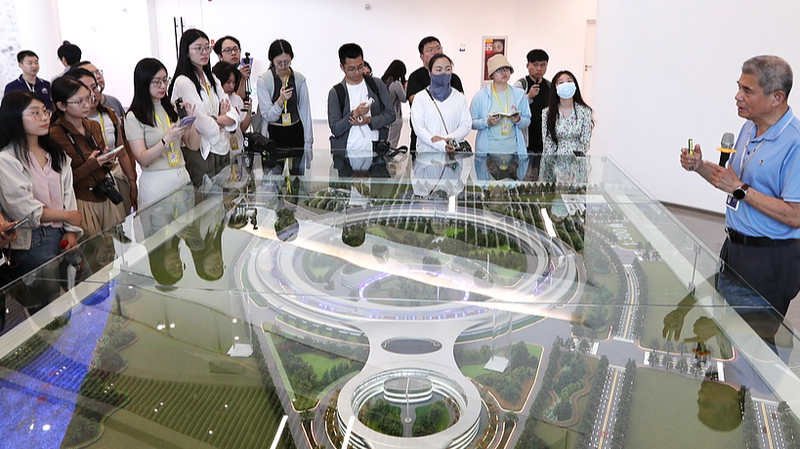At the recent China-Central Asia Summit in Astana, a new chapter opened in regional investment. China's direct investment in Central Asia climbed to $27.7 billion, signaling a shift from extractive industries to renewable energy, infrastructure and manufacturing.
In Uzbekistan alone, 85% of power sector funds now flow into solar and hydropower projects, illustrating how green energy is becoming a cornerstone of Belt and Road cooperation. Meanwhile, a new cross-border railway is set to slash freight times by eight days, speeding up trade and deepening integration across the landlocked region.
These moves go beyond raw numbers. They are laying the groundwork for sustainable growth and industrial transformation. By prioritizing clean energy and modern transport links, the Chinese mainland is helping Central Asian economies connect more efficiently with global markets.
As investment landscapes evolve, the focus on renewables and infrastructure offers fresh opportunities for entrepreneurs, policymakers and young changemakers. From solar farms in Samarkand to modern rail hubs spanning borders, the region is reshaping its economic destiny one project at a time.
The second episode of the First Voice series, "China and Central Asia: Crafting dawn amid tariff war," unpacks these trends in detail. It highlights how shifting investment patterns can spark real-world impact, driving industrialization, boosting trade and fostering cross-border collaboration in a new era of global connectivity.
Stay tuned as Central Asia embarks on a green-driven growth story that promises to redefine economic integration for the 21st century.
Reference(s):
cgtn.com




